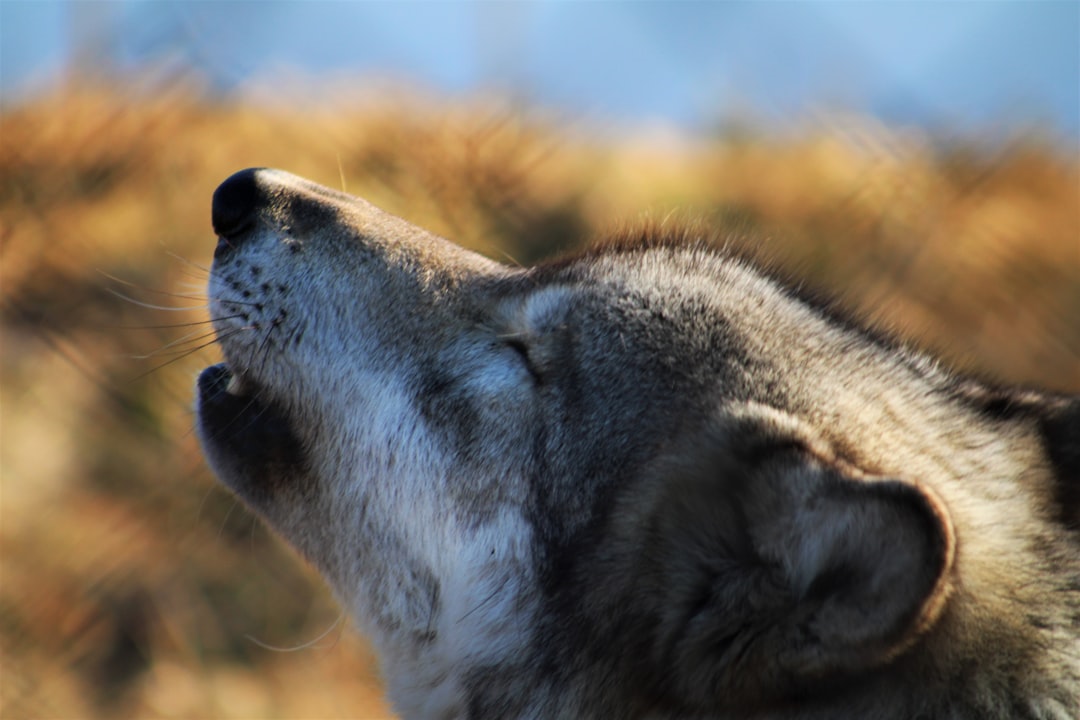As the natural world faces unprecedented threats from habitat destruction, climate change, pollution, and human encroachment, protected areas—including national parks—have become essential tools in global efforts to conserve biodiversity and preserve the health of our planet. These designated regions act as sanctuaries for wildlife, natural landscapes, and ecological processes, offering both refuge and resilience in a rapidly changing world.
In this post, we explore what protected areas and national parks are, why they matter, and how they contribute to the broader goals of conservation and biodiversity protection.
What Are Protected Areas?
Protected areas are clearly defined geographical spaces set aside to conserve nature and its ecosystem services. These areas are managed through legal or other effective means to achieve long-term conservation of biodiversity, natural resources, and cultural heritage.
They come in many forms and levels of protection, including:
-
National parks
-
Wildlife sanctuaries
-
Nature reserves
-
Marine protected areas
-
Community-managed conservation areas
-
Biosphere reserves and world heritage sites
Each type of protected area may have specific rules about what activities are permitted, such as tourism, research, or sustainable resource use.
The Role of National Parks
National parks are one of the most recognized types of protected areas. Managed by national governments, these parks are established to preserve outstanding natural landscapes, ecosystems, and species, while often providing opportunities for education, recreation, and ecotourism.
Examples include:
-
Yellowstone National Park (USA) – the world’s first national park, famous for its geysers and diverse wildlife.
-
Serengeti National Park (Tanzania) – home to the Great Migration and iconic African wildlife.
-
Banff National Park (Canada) – known for its stunning alpine scenery and glacial lakes.
-
Kruger National Park (South Africa) – a major sanctuary for the “Big Five” and other species.
National parks serve as symbols of a country’s natural heritage and a commitment to environmental stewardship.
Why Are Protected Areas Important?
🌿 1. Biodiversity Conservation
Protected areas are critical strongholds for plants, animals, and ecosystems. They help:
-
Safeguard endangered species and rare habitats.
-
Preserve genetic diversity.
-
Provide refuges from human pressure, allowing species to breed, migrate, and thrive.
Protected areas are often the last safe havens for species on the brink of extinction.
🔄 2. Ecological Processes and Ecosystem Services
Healthy ecosystems in protected areas contribute to:
-
Water purification
-
Air quality regulation
-
Climate stabilization
-
Soil formation and erosion control
-
Pollination of crops
By maintaining natural cycles, these areas support the well-being of both wildlife and humans.
🔬 3. Scientific Research
Protected areas offer living laboratories for ecologists, climate scientists, and conservationists to study:
-
Species behavior and interactions
-
Ecological succession and restoration
-
Impacts of climate change
-
Innovative conservation techniques
🌏 4. Climate Change Mitigation and Adaptation
Forests, wetlands, and oceans within protected areas act as carbon sinks, absorbing greenhouse gases and helping regulate the global climate. They also serve as climate refuges, where species can adapt to changing conditions.
🧭 5. Cultural and Indigenous Heritage
Many protected areas are sacred lands for Indigenous peoples and local communities, preserving cultural traditions, spiritual practices, and ancestral knowledge. Including Indigenous stewardship often leads to more effective, equitable conservation outcomes.
🧳 6. Ecotourism and Economic Benefits
National parks and reserves attract millions of visitors each year, generating revenue for local economies and supporting jobs in:
-
Tourism and hospitality
-
Conservation and park management
-
Guiding and education
Well-managed ecotourism can fund conservation efforts while fostering environmental awareness.
Global Efforts and Targets
The international community has committed to expanding and improving protected areas through agreements like:
-
The Convention on Biological Diversity (CBD): Aims to protect at least 30% of land and ocean areas by 2030 (“30x30” goal).
-
UNESCO World Heritage Sites: Recognize areas of global ecological or cultural value.
-
IUCN Green List: A global standard for well-managed, effective protected areas.
Currently, about 17% of the world’s land and 8% of its oceans are protected—significant, but still short of targets.
Challenges in Protected Area Management
While protected areas are essential, they are not immune to challenges:
-
Insufficient funding and staff to monitor and enforce regulations.
-
Poaching, illegal logging, and mining within boundaries.
-
Encroachment and infrastructure development, including roads and tourism pressure.
-
Climate change, which alters ecosystems and species ranges.
-
Lack of connectivity, isolating populations and reducing genetic flow.
To be effective, protected areas must be well-managed, scientifically informed, and integrated into larger conservation landscapes.
The Path Forward: Strengthening Protected Areas
To enhance the effectiveness of protected areas and national parks, conservationists advocate for:
-
Expanding coverage to include underrepresented ecosystems and biodiversity hotspots.
-
Improving governance, including community-based and Indigenous-led management.
-
Enhancing ecological connectivity through wildlife corridors and buffer zones.
-
Investing in education, technology, and sustainable tourism.
-
Integrating conservation with development goals to support both nature and people.
Conclusion
Protected areas and national parks are cornerstones of global conservation. They provide safe havens for wildlife, maintain vital ecosystem services, and offer inspiration and enjoyment for people around the world. But their success depends on collective action—governments, communities, scientists, and individuals working together to ensure these precious places endure for generations to come.
As we face the twin crises of biodiversity loss and climate change, protected areas remind us of what’s possible when we choose to protect, restore, and cherish the natural world.
🌍 What’s your favorite national park or protected area? Have you had an unforgettable experience in nature? Share your stories in the comments and help celebrate the importance of conservation.

Comments
No comments yet. Be the first to comment!
You must be logged in to comment. Login